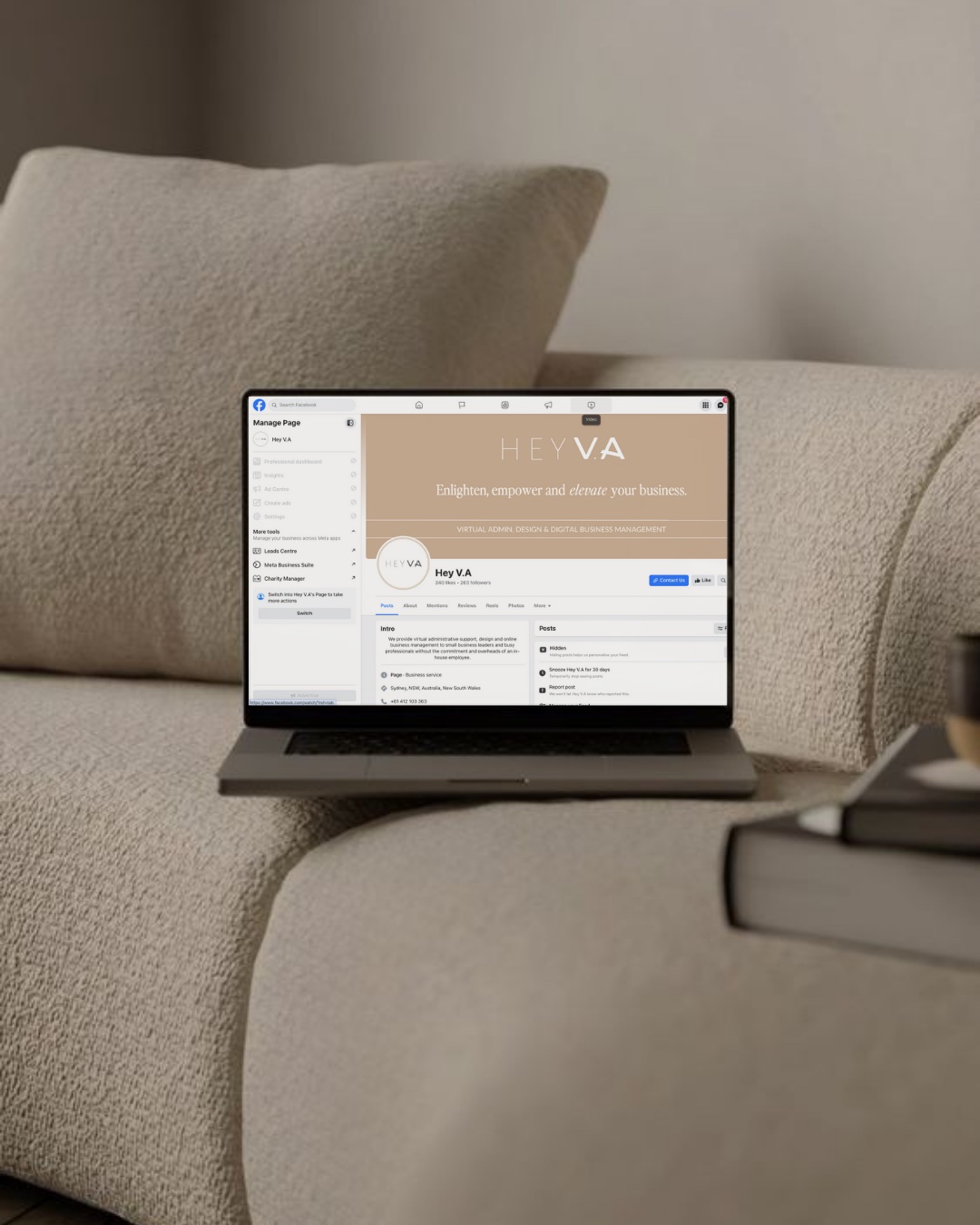The Emergence of Lo-Fi Content in the Digital Content Space
As the digital content world rapidly evolves, the pursuit for flawlessly curated content and social media feeds is diminishing, with a new era of authenticity emerging. High-fidelity, or hi-fi content has been the longstanding go-to for businesses and brands. This genre boasts professional production aiming for precision, clarity and perfection.
However, in recent years, low-fidelity or lo-fi content has captured the attention of audiences worldwide and created a shift in preferences. Within this blog, we will explore what exactly lo-fi content is, its increasing popularity and how brands can incorporate it into their digital marketing strategies.
Understanding Lo-Fi Content
Lo-fi content refers to photos and videos with a raw, unpolished feel and minimal editing. It is a genre that embraces imperfections, rawness and simplicity. Often captured on mobile devices, it elicits spontaneity, but is most commonly a result of a well-executed social strategy. Examples of lo-fi content may include:
- Photo ‘dumps’
- Unedited/minimally edited pictures and videos
- Meme style content adapted to business/brand
- Screen grabs
- Content clearly shot on a mobile device
- Casual ‘sit down’ or talking to camera videos
Why use Lo-Fi Content?
Lo-fi content can be a leap outside of the traditional marketing comfort zone. The raw and authentic nature of this content can showcase products or services in a less glorified light than hi-fi content, and may initially not be understood by an audience used to seeing curated pictures and videos. However, when executed well with a balance between imperfection and intentionality struck, the benefits of lo-fi content is indisputable.
Algorithms on Instagram and TikTok emphasise discovery and shareability. The more a post is shared, the more likely it is to be featured on Instagram Explore or TikTok For You pages. As audiences increasingly crave authenticity, relatable lo-fi content is more likely to be shared with peers and followers, increasing the likelihood of the algorithm rewarding that post and the brand behind it. Statistics indicate that lo-fi content outperforms hi-fi content in terms of engagement, views and reach across all platforms.
To put it simply, audiences are enjoying and engaging more with content that has a greater ROI, aligns authentically with brands and allows creators more creative freedom. So.. what are you waiting for?
Incorporating Lo-Fi into Brand Strategy
- Humanise Your Brand
Feature real people, whether it be employees, customers or influencers. Behind-the-scenes content, unfiltered and unedited pictures and videos and speaking to the camera all add a personal touch to a feed that will resonate with audiences.
- Use the Resources
Keep it simple and utilise the powerful tools social media platforms have to offer. For instance, Instagram Reels and TikTok allow you to create, edit and post content quickly within the one app.
- Jump on Trends that Align with Your Brand
Keep an eye on trends that align with your brand’s voice and goals. Leverage upon trending posts but don’t just jump on any or ‘copy’ them. Consider whether it is interesting, engaging and relevant to maintain authenticity.
- Listen to Your Audience
Lo-fi content may generally take less time and funding to produce, but still requires strategic planning. Observe data such as engagement, views and shares to find what works for your brand and formulate creative ways to continue entertaining your audience according to their preferences.
- Authenticity over Perfection
Lo-fi content is meant to feel real – embrace imperfections in the final product. Audiences appreciate and engage with relatability.
Audience Preferences
Despite the recent prevalence of lo-fi content, incorporating hi-fi content into a brand strategy is still effective and depends entirely on the business. Audiences play a significant role in the success of lo-fi and hi-fi content. Some listeners appreciate the simplicity and charm of lo-fi, whilst others are drawn to the immersive experiences provided by hi-fi. Understanding a brand’s audience preferences is key to connecting with their target demographic.
Finding Harmony
The worlds of lo-fi and hi-fi are not mutually exclusive. Many creators experiment with blending elements from both realms, creating a unique fusion that appeals to a broader audience. Whether it’s incorporating lo-fi visuals into a hi-fi production or vice versa, finding harmony between these two worlds is a testament to the creative flexibility of content creators.
In the digital world, the rise of lo-fi content signals a notable shift towards authenticity and relatability. The appeal of imperfections and spontaneity in lo-fi has proven to be a powerful engagement tool, aligning well with the evolving preferences of audiences seeking genuine connections. While incorporating lo-fi into brand strategies requires a thoughtful and strategic approach, understanding audience preferences ultimately remains paramount. The coexistence of lo-fi and hi-fi offers brands the opportunity to strike a balance and cater to diverse tastes. In this era of creative flexibility, the key lies in finding harmony between these two worlds to craft compelling narratives that resonate with a broad spectrum of viewers.














